In the competitive world of product marketing, the importance of effective Product Packaging Label Design cannot be overstated. A well-crafted label not only provides essential information about the product but also serves as a powerful tool to attract and engage consumers. In this blog post, we will explore the art of label design and share valuable insights on how to create eye-catching packaging for your products that not only captures attention but also drives sales.

Understanding the Impact of Label Design on Consumer Behaviour
Consumers are bombarded with numerous products on the shelves, both in physical stores and online. In such a crowded marketplace, a visually appealing label can be the key differentiator that makes your product stand out. Research has shown that consumers make quick judgments based on visual elements, and an attractive label can significantly influence their purchasing decisions.
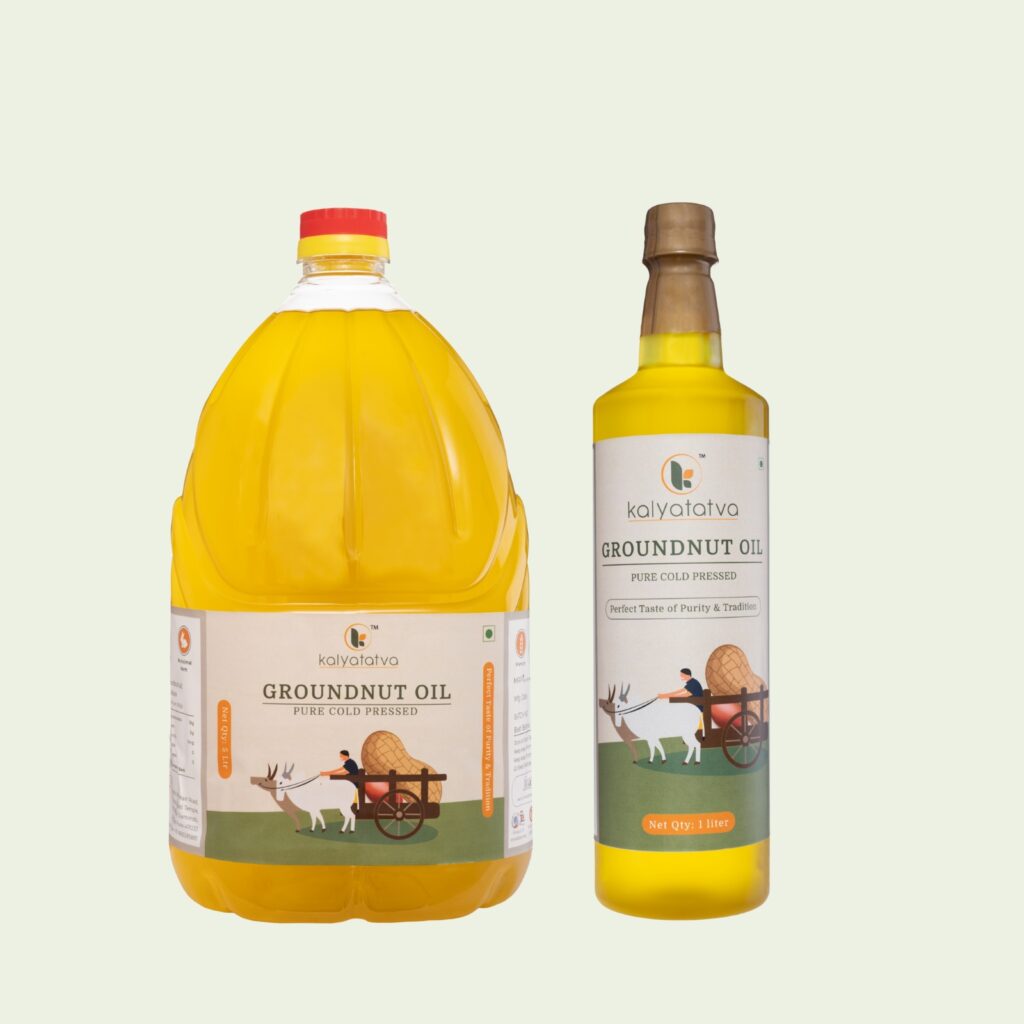
Elements of a Standout Label Design
1. Colours and Typography
Choosing the right color scheme and typography is crucial in creating a visually appealing label. Colors evoke emotions and can convey the brand’s personality, while the right font enhances readability and communicates professionalism.
2. Brand Consistency
Maintaining consistency across your product labels reinforces brand identity. Ensure that your label design aligns with your overall brand image, using consistent colors, logos, and messaging.
3. Unique Selling Proposition (USP)
Highlight your product’s unique features and benefits prominently on the label. Clearly communicate what sets your product apart from the competition, helping consumers make informed choices.
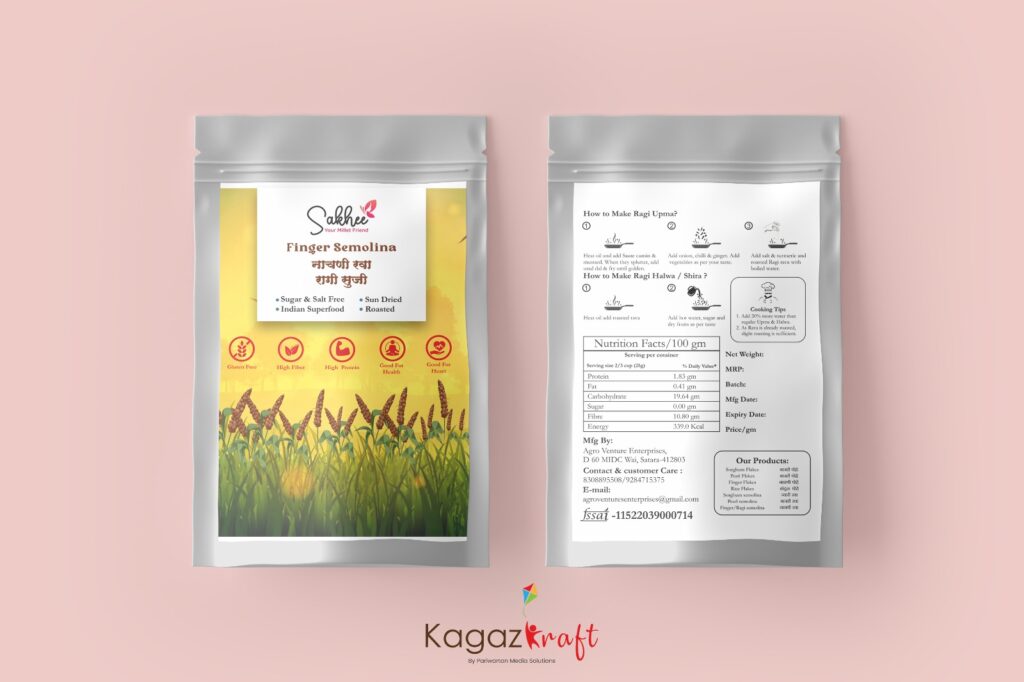
Practical Tips for Effective Label Design
1. Keep It Simple
Avoid clutter on your label. A clean and simple design is more likely to catch the eye and convey information quickly. Use clear, concise language and focus on the most critical details.
2. Consider the Packaging Material
The material on which the label is printed plays a significant role in the overall appeal. Experiment with different textures and finishes to create a tactile and memorable experience for the consumer.
3. Tell a Story
Consumers love a good story. Use your label to narrate the brand’s journey, values, or the inspiration behind the product. This adds a personal touch and connects consumers emotionally to your brand.
Related Posts
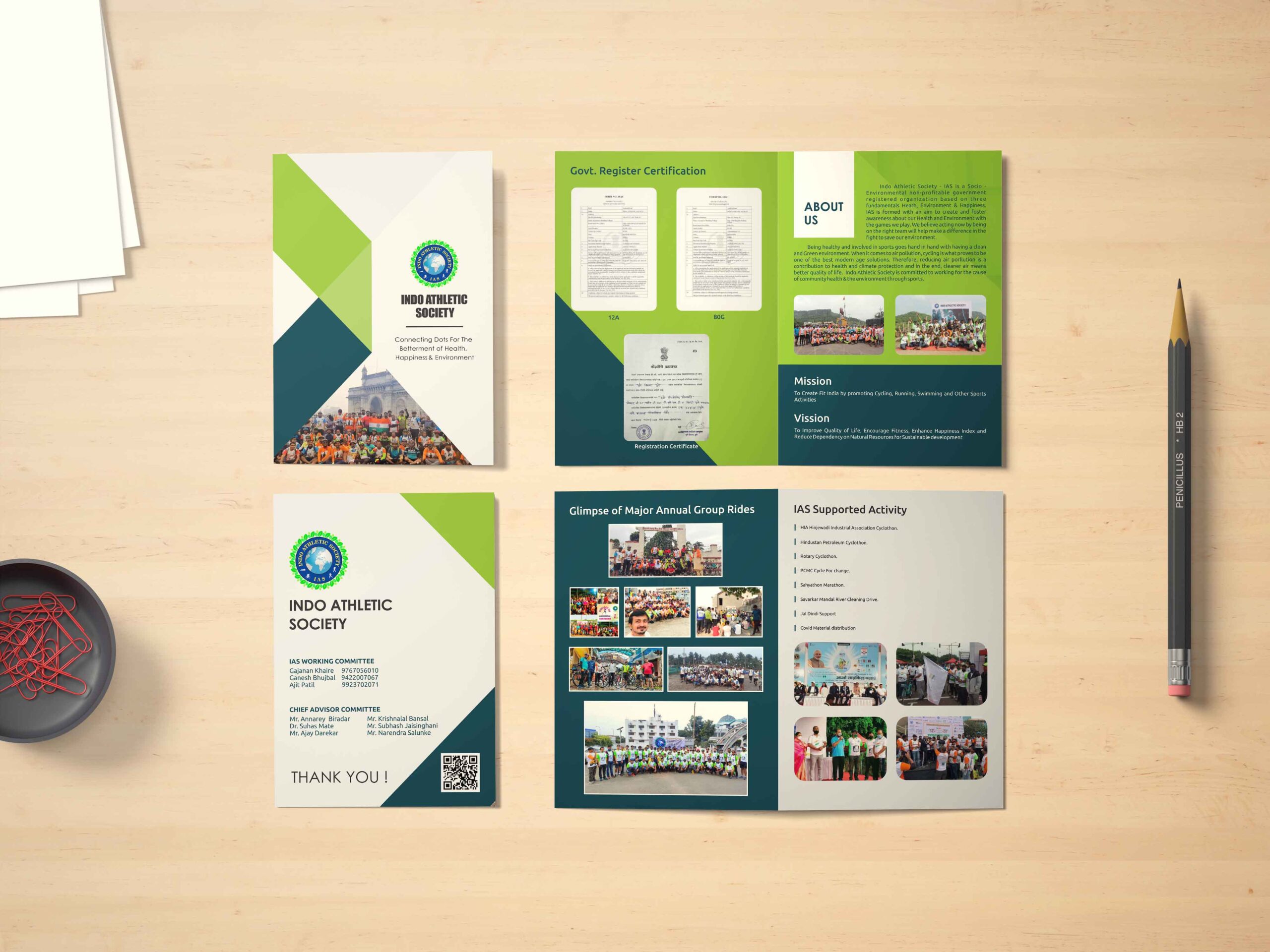
Brochure Marketing Strategies: How to Maximize Impact and Reach Your Target Audience
Brochure Marketing Strategies: How to Maximize Impact and Reach Your Target Audience In the ever-evolving landscape of digital marketing however,

Choosing the Right Brochure Format for Your Business: A Comprehensive Guide
Choosing the Right Brochure Format for Your Business: A Comprehensive Guide In the dynamic landscape of business marketing, brochures remain
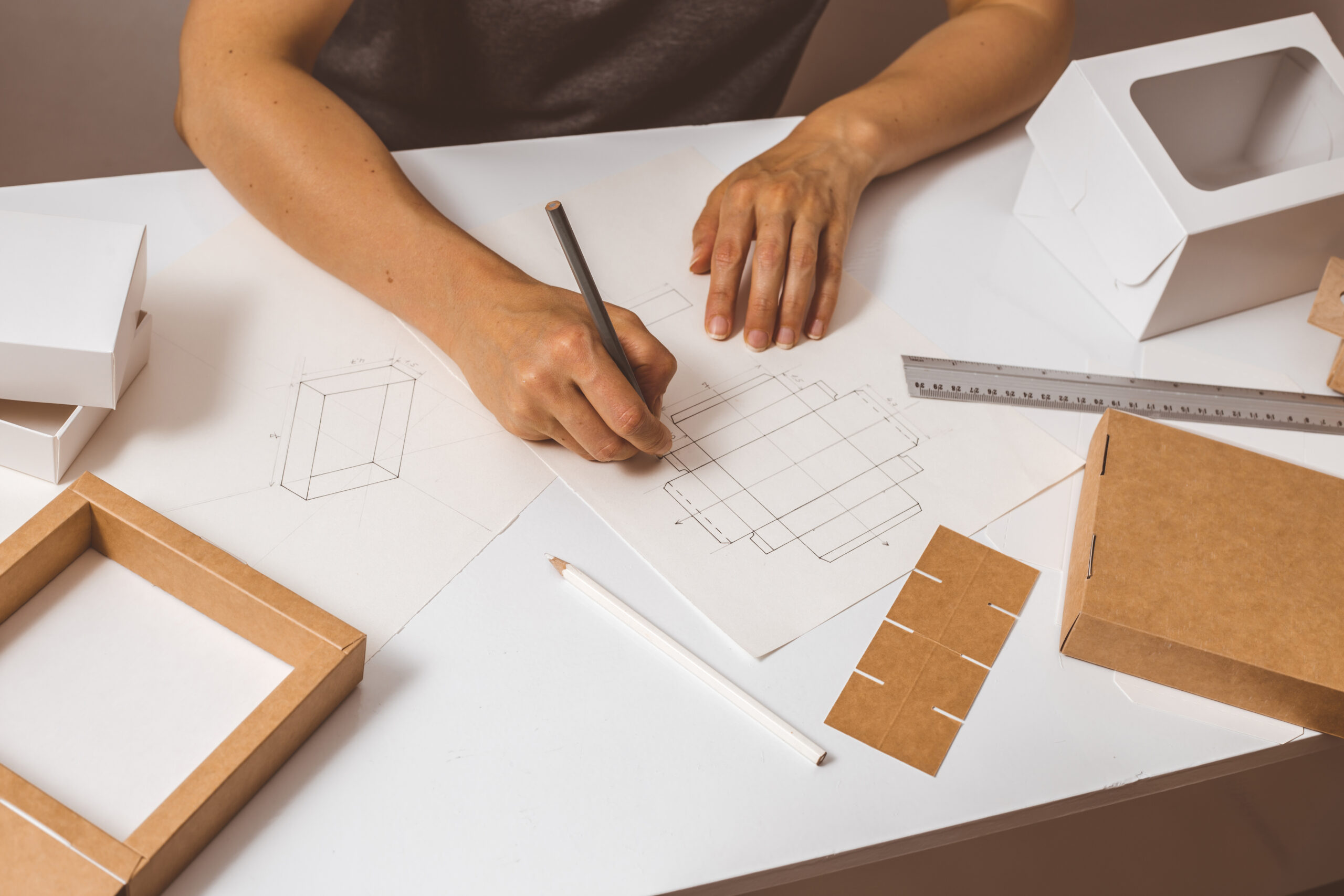
The Packaging Journey: How to Optimize Packaging for the Entire Supply Chain
How to Optimize product box Packaging Journey for the Entire Supply Chain The product box packaging journey of a printing and packaging company involves

The Art of Packaging: How Product Boxes Impact Brand Perception
The Art of Packaging: How Product Boxes Impact Brand Perception In the competitive landscape of business, where first impressions matter,
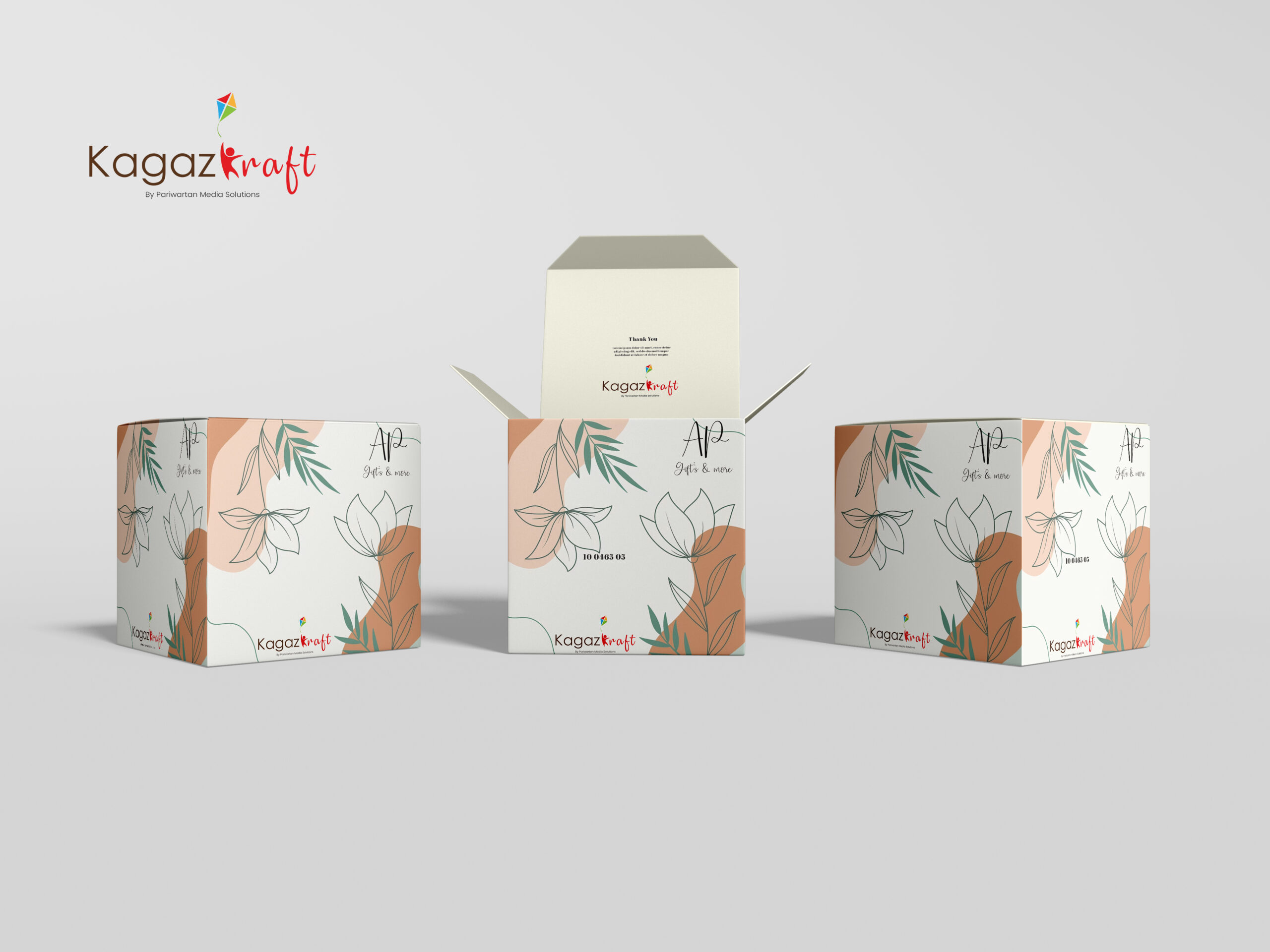
A Guide to Design Your Custom Product Box From Concept to Creation
From Concept to Creation: A Guide to Design Your Custom Product Box Crafting a custom product box that not only

Unleashing Creativity: Customized Stickers for Printing Services
Unleashing Creativity: Customized Stickers for Printing Services In a world where first impressions matter, the shape and design of stickers
